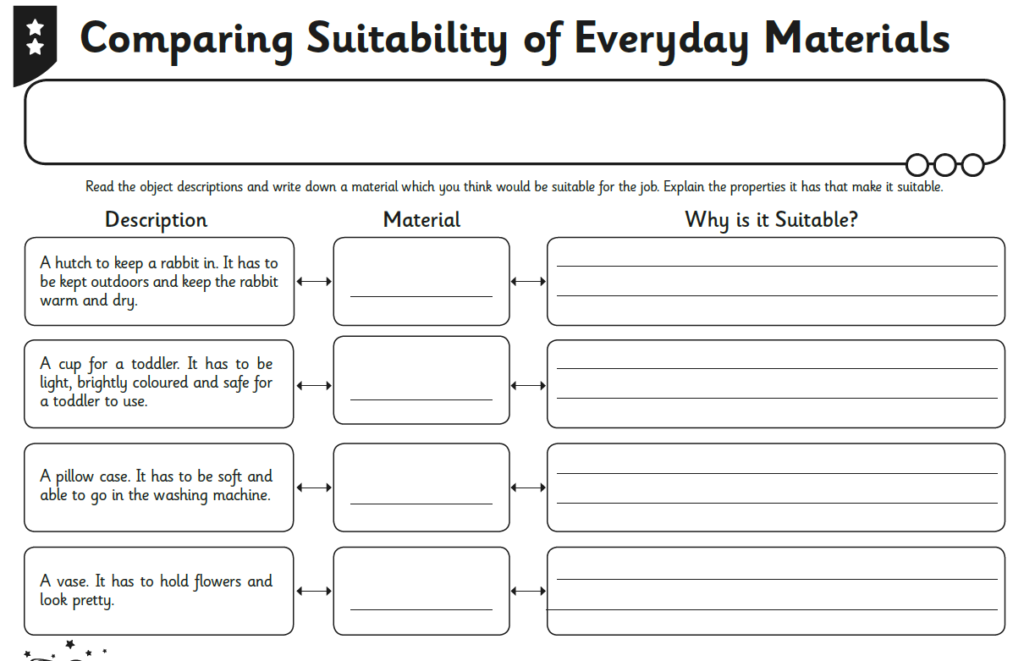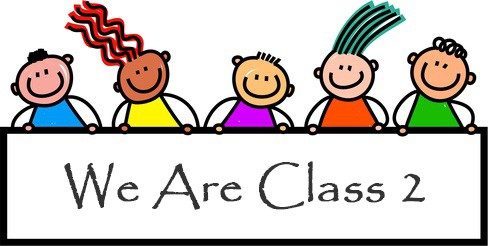It was lovely seeing so many of your snow photographs yesterday so here is a snow special.

Now onto today’s learning:
- English
- Spelling
- Maths
- Science
English: Today you are going to work on the poem we read yesterday and add your own verse to it. Remember a verse is a chunk of the poem, a bit like a paragraph in a story. In order to match the original poem, your new verse will need to have four lines and if possible the first and second line rhyme with each other and the third and fourth line should rhyme. As you did so much work on Neil Armstrong and his journey into space and landing on the moon yesterday, your verse should also be about flying to the moon or landing on the moon. Here’s a checklist:
- A poem verse with four lines
- The second and fourth line should rhyme
- The verse should be about travelling to the moon or landing on the moon.
If that is enough information for you to get cracking and have a go, then you can make a start in your homework book. Perhaps you could also do a video or audio recording of yourself reading your verse on Seesaw. If you feel you would like a little bit of extra help to create your verse, then look for the template on Seesaw. Go on class 2 blast off!
Extra challenge: if you enjoy creating your moon verse, can you create another additional verse to go in the poem?
Spelling: Have a look on Seesaw for today’s activity sheet on spelling suffixes ment, ful, less.
Maths: Part two of the lesson on telling time to the nearest five minutes on an analogue today and this is quite a tricky lesson so don’t worry if you don’t get it straight away, you just need to keep practising. You might also like to practise your 5 x times tables as that helps with counting blocks of five minutes round the clock. With an analogue clock, you always start counting from the number 12 at the top of the clock, in blocks of five minutes, moving left (anticlockwise) for minutes to the hour and moving right (clockwise) for minutes past the hour.

Mums and dads – Please remember 12 hour clock and 24 hour clock (digital times- the red numbers on the clock above) are not formally taught until year 3. Although it is fine if children do want to record times as 2.30 instead of half-past two or 2.45 instead of quarter to three or twenty to four as 3.40, as an extra challenge, they really do need to understand the analogue clock times first to meet year two expectations.
and the exit quiz here https://classroom.thenational.academy/lessons/reading-the-time-on-the-clock-to-the-nearest-five-minutes-part-2-6thk2d?step=4&activity=exit_quiz
There are additional maths activities to support today’s lesson on Seesaw.
Science: You have got a choice of two activities for this week’s science work on materials. If you want to challenge yourself, do both! We are looking again at the suitability of materials for their purpose, for example, you wouldn’t want a window made out of brick or a or curtains made out of metal would you? These are the two activities for you to try, they are both on Seesaw too.


